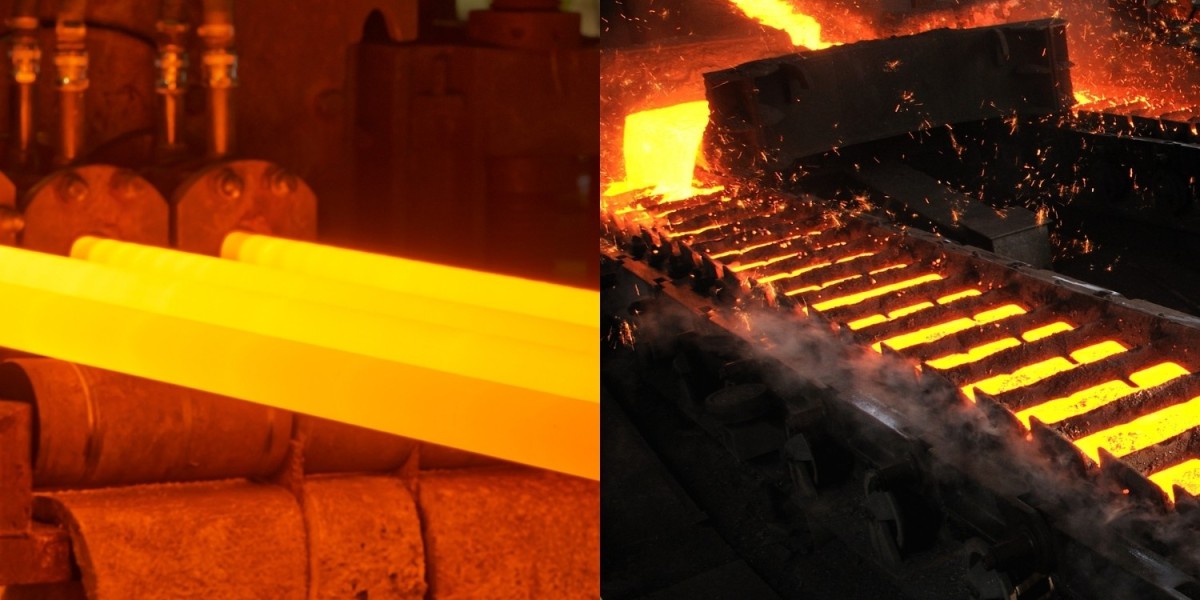Iron has been a cornerstone of human industry for centuries, and its alloys have been pivotal in the development of infrastructure and technology. Among these alloys, ductile iron vs cast iron stand out for their unique properties and applications. While they may appear similar at first glance, their differences are crucial for engineers, builders, and manufacturers. This guide delves into the composition, properties, advantages, and applications of ductile iron vs cast iron to help you understand which material is best suited for your needs.
Composition and Microstructure
Cast Iron: Cast iron, also known as gray iron, primarily consists of iron, carbon (2.0-4.0%), and silicon (1.0-3.0%). The high carbon content creates graphite flakes within the iron, giving it a characteristic gray color and a brittle structure. The presence of these graphite flakes disrupts the iron matrix, making it more prone to cracking under stress.
Ductile Iron: Ductile iron, also known as nodular or spheroidal graphite iron, contains similar amounts of carbon and silicon as cast iron but includes a small amount of magnesium or cerium. These additives transform the graphite from flakes into spherical nodules. This change in graphite shape significantly enhances the material's ductility and strength.
Mechanical Properties
Strength and Ductility:
- Cast Iron: Cast iron is known for its high compressive strength and excellent wear resistance. However, its tensile strength is relatively low, and it is brittle, making it prone to fracture under tension or impact.
- Ductile Iron: Ductile iron, on the other hand, offers a superior combination of strength and ductility. The spheroidal graphite structures allow it to withstand greater tensile stress and deformation without breaking.
Elasticity and Fatigue Resistance:
- Cast Iron: The brittle nature of cast iron limits its elasticity. It does not perform well under cyclic loading, leading to a higher risk of fatigue failure.
- Ductile Iron: Ductile iron exhibits better elasticity and is more resilient under cyclic loading conditions, making it suitable for dynamic applications.
Advantages and Disadvantages
Cast Iron:
- Advantages: Cost-effective, excellent machinability, good wear resistance, and high compressive strength.
- Disadvantages: Brittleness, poor tensile strength, and lower resistance to impact and fatigue.
Ductile Iron:
- Advantages: High tensile strength, excellent ductility, good fatigue and impact resistance, and improved elasticity.
- Disadvantages: Higher cost compared to cast iron and requires more precise control during production.
Applications
Cast Iron: Due to its hardness and wear resistance, cast iron is ideal for applications where compressive strength is crucial. It is commonly used in:
- Engine blocks and cylinder heads
- Pipes and fittings for water and sewage systems
- Manhole covers and street furniture
- Machine tool frames and bases
Ductile Iron: Ductile iron's superior mechanical properties make it suitable for a wider range of applications, including those requiring strength and flexibility. It is used in:
- Automotive components such as crankshafts, axles, and suspension parts
- Heavy-duty gears and industrial machinery parts
- Pressure pipes and fittings in water and gas systems
- Wind turbine hubs and other renewable energy infrastructure
Conclusion
Choosing between ductile iron vs cast iron depends on the specific requirements of your project. If you need a material with excellent wear resistance and cost-effectiveness, cast iron is a suitable choice. However, for applications demanding higher strength, flexibility, and impact resistance, ductile iron is the superior option. Understanding the unique properties and applications of each material ensures that you make an informed decision, optimizing performance and longevity in your projects.








